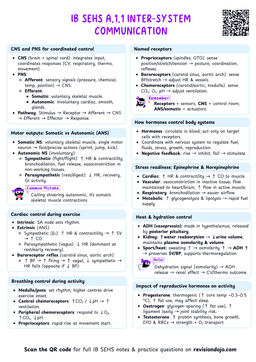Imagery in Sport: A Mental Tool for Success
- Imagery is a mental practice that mimics real experiences by engaging multiple senses and emotions.
- It's a cornerstone of sports psychology, helping athletes refine skills, boost confidence, and enhance performance.
Mental Imagery
Mental imagery is a cognitive simulation that involves representing sensory information in the mind without a direct external stimulus. It's also known as visualization.
Imagery is sometimes called mental practice or mental simulation because it replicates the experience of performing a task without physical execution.
The Purpose of Imagery
- Imagery serves two primary functions, as outlined by Paivio's Imagery Framework:
- Motivational Imagery: Enhances psychological states.
- Cognitive Imagery: Improves skill execution and strategy.
Motivational Imagery
- Goal-Oriented Responses: Visualizing success, like winning a race.
- Arousal Regulation: Managing emotions, such as calming nerves before a competition.
A sprinter might consider crossing the finish line first, feeling the exhilaration of victory and the crowd's cheers.
Cognitive Imagery
- Skill Execution: Mentally rehearsing specific movements.
- Strategy Planning: Visualizing game tactics or decision-making.
A basketball player might mentally practice shooting free throws, focusing on technique and muscle memory.
TipWhen using imagery, be specific. Instead of just imagining success, focus on the steps needed to achieve it, like the rhythm of your movements or the strategy you'll employ.
The PETTLEP Model: A Blueprint for Effective Imagery
- Developed by Holmes and Collins (2001), the PETTLEP model ensures imagery is as realistic and effective as possible.
- It stands for:
- Physical: Replicate physical sensations.
- Stand on the mat in full judo gear and mentally engage in the session.
- Simulate competition fatigue by using imagery after an intense session.


